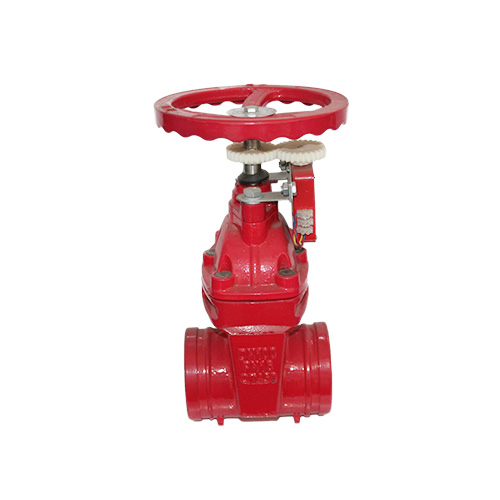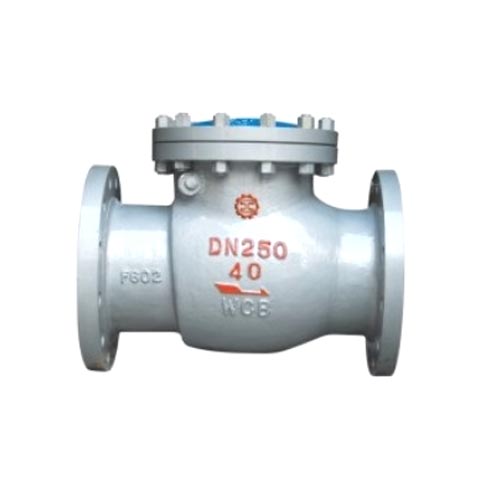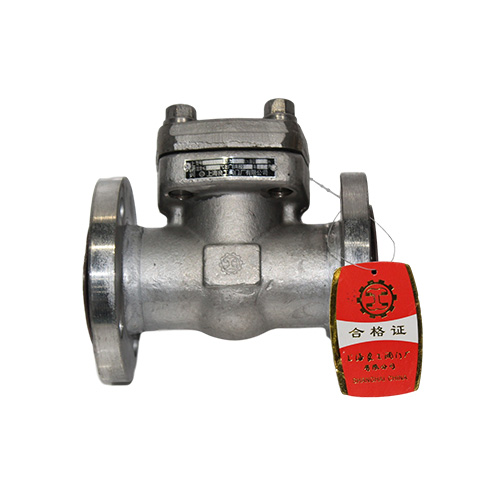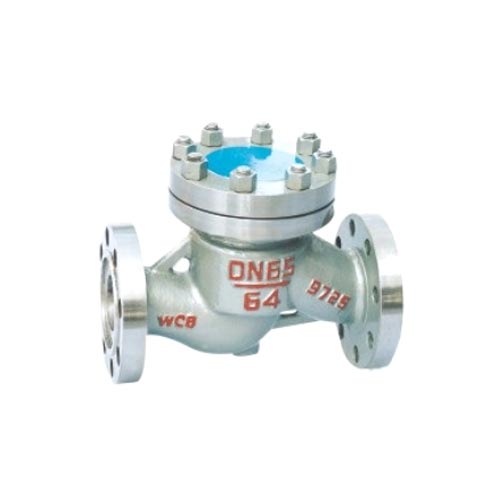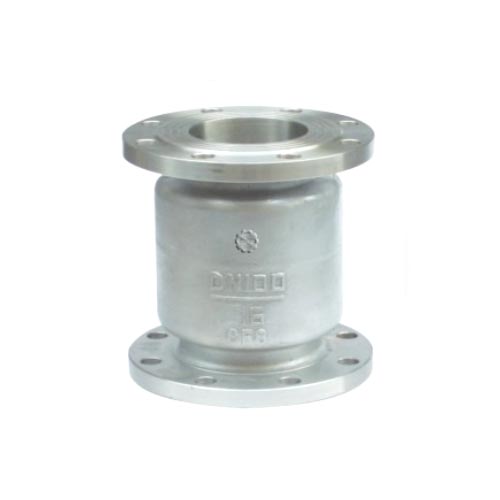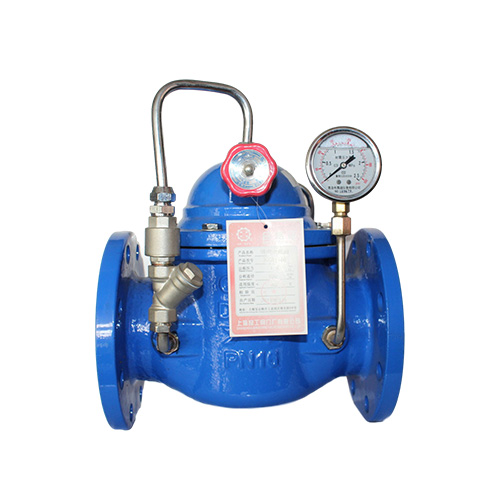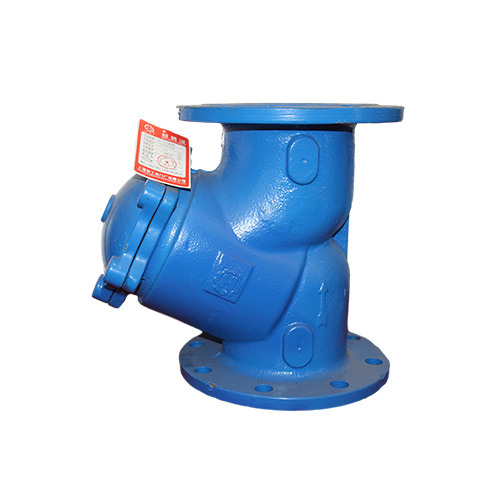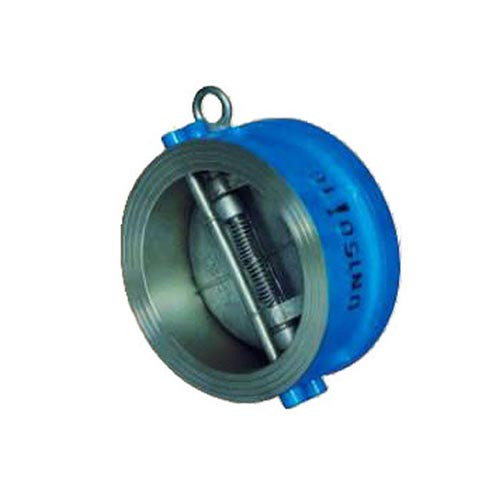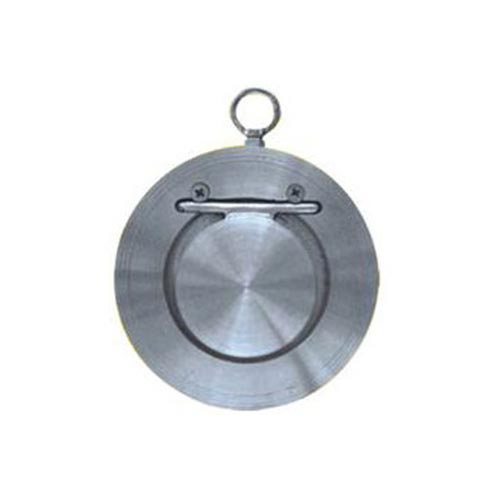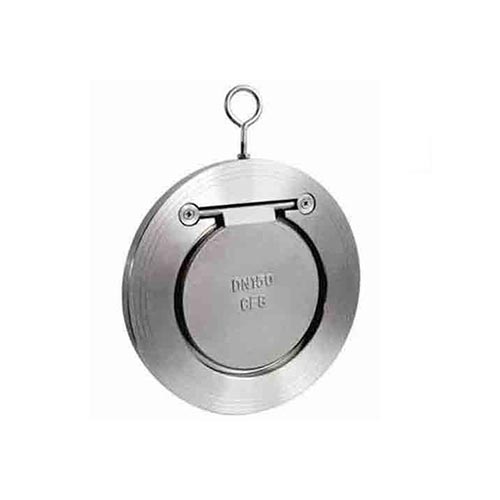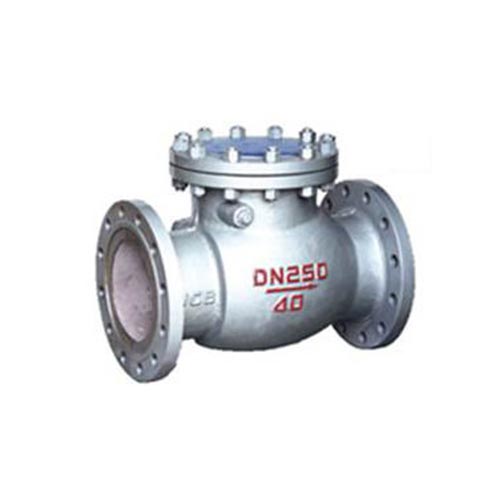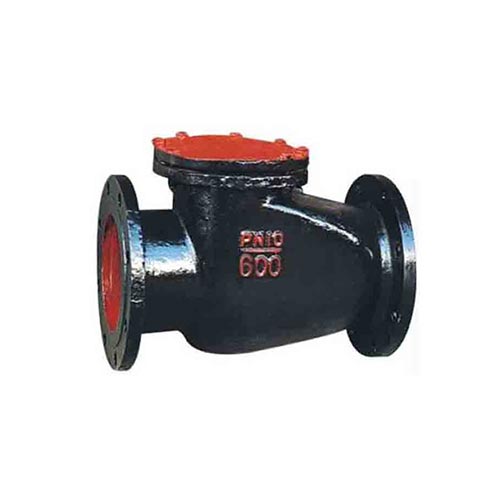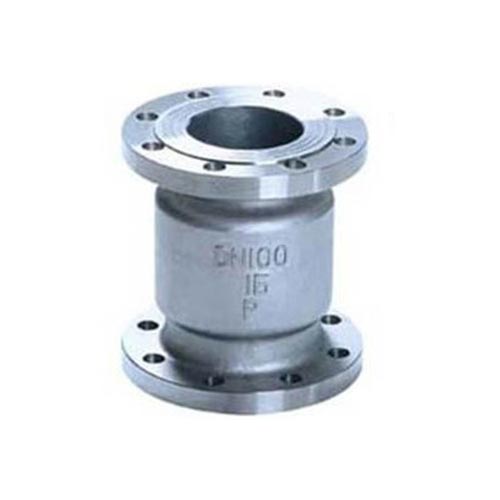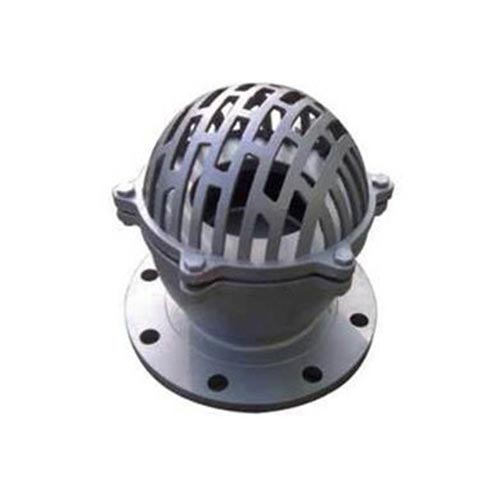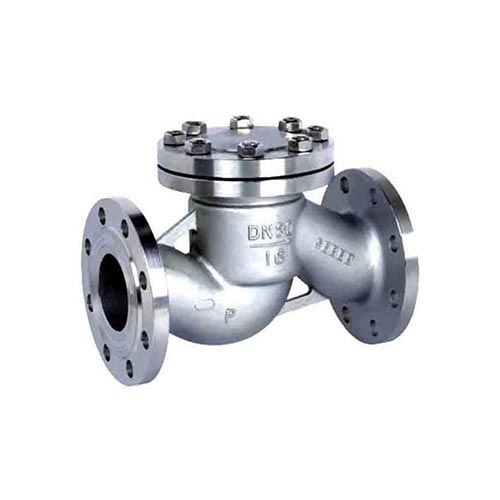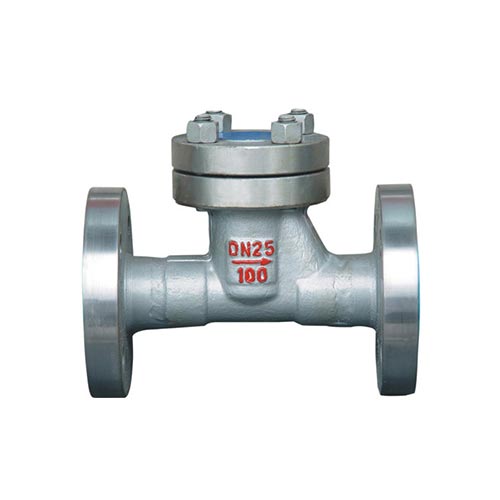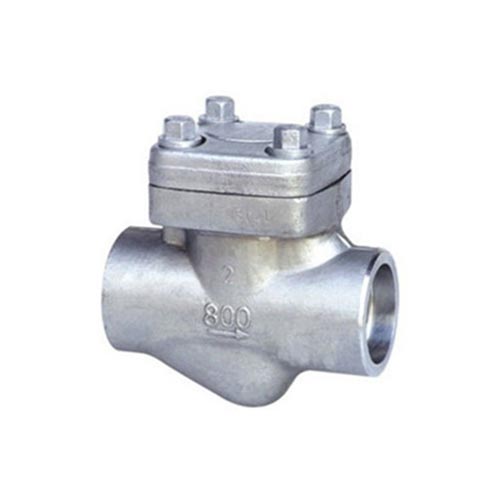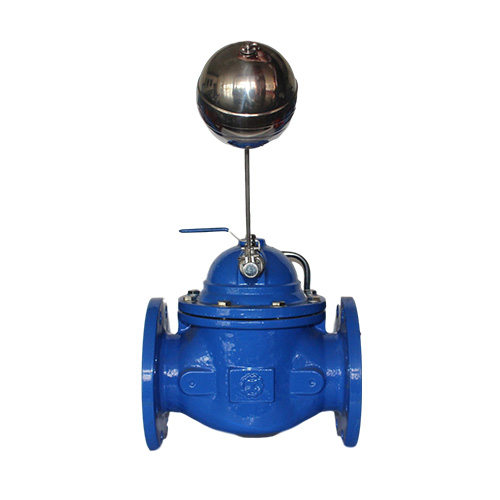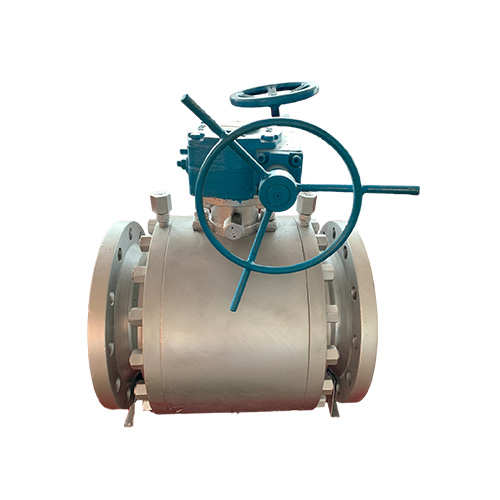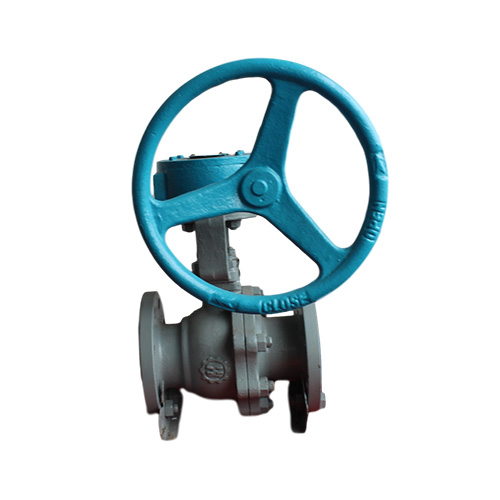在石油、化工、冶金和能源工业中,阀门是得到广泛应用的流体控制设备之一。作为管道系统的重要组成部分,阀门的规格和种类很多,作用也不同。有的用来接通或截断介质,调节介质压力或流量,防止介质压力超过规定的数值,保证管道或设备的安 全运行。也有的用来分离、混合或分配介质,以保证系统工艺条件。由于阀门在管道系统中的作用,阀门的制造工艺将直接影响到管道设备的安 全运行。
In petroleum, chemical, metallurgical and energy industries, valve is one of the widely used fluid control equipment. As an important part of the pipeline system, there are many specifications and types of valves with different functions. Some are used to connect or cut off the medium, adjust the medium pressure or flow, prevent the medium pressure from exceeding the specified value, and ensure the safe operation of the pipeline or equipment. Some are also used to separate, mix or distribute media to ensure system process conditions. Due to the role of valves in the pipeline system, the manufacturing process of valves will directly affect the safe operation of pipeline equipment.
随着工况需求的不断发展,对阀门性能的要求也越来越高,产品制造中的有关工艺也越来越得到重视。由于阀门与管道元件相关的技术规范不齐全,如有关阀门的焊 接、耐蚀堆焊和耐磨堆焊等没有明确的规定。而阀门的特殊性,是否可以沿用相关锅炉压力容器压力管道制造的技术规范还有待探讨,所有这些都给阀门的安 全注册评审带来一定困难。

With the continuous development of working conditions, the requirements for valve performance are higher and higher, and the relevant processes in product manufacturing are paid more and more attention. Due to the incomplete technical specifications related to valves and pipeline components, there are no clear provisions on valve welding, corrosion-resistant surfacing and wear-resistant surfacing. The particularity of the valve and whether the relevant technical specifications for the manufacture of boiler, pressure vessel and pressure pipeline can be used remain to be discussed, all of which bring some difficulties to the safety registration review of the valve.
大型阀门的阀体在制造中一般会采用焊 接形式,而且阀体壁厚往往大于38mm。根据国内外压力容器压力管道的相关规定,当焊件厚度大于38mm时,焊后需对其进行热时效处理,其目的是去氢,消 除焊 接残余应力和恢复材料塑性。
The valve body of large valves is generally welded in manufacturing, and the wall thickness of the valve body is often greater than 38mm. According to the relevant regulations of pressure vessels and pressure pipes at home and abroad, when the thickness of weldment is greater than 38mm, it is necessary to carry out thermal aging treatment after welding. The purpose is to remove hydrogen, eliminate welding residual stress and restore material plasticity.
但是,由于密封材料的不同,以及焊后热时效可以导致阀体的变形,对阀门是否要进行热处理,或者应该怎么做才能保证质量,在国内的相关标准中都没有规定。
However, due to the different sealing materials and the deformation of the valve body caused by post welding thermal aging, whether the valve should be heat treated or what should be done to ensure the quality is not specified in the relevant domestic standards.
目前,国外的大型焊 接阀门已经进入我国的市场,应该依据何种规范来验收或阀门不进行焊后热处理是否符合要求,还值得讨论和研究。
At present, foreign large welded valves have entered China's market. It is still worth discussing and studying what specifications should be used for acceptance or whether the valve does not undergo post weld heat treatment meets the requirements.
因此,对于大型焊 接阀门这样一种特定的产品,特别是针对其是否要进行焊后热时效,必
Therefore, for a specific product such as large welded valve, especially whether it needs post weld thermal aging, it is necessary
须进行全 面的试验,试验包括对焊 接坡口,接头形式,温度应力分布或控制及消 除应力变形进行研究,确定焊 接接头性能可靠,并制定相应的规范,以确保阀门的质量和可靠性。
A comprehensive test shall be conducted, including the research on the welding groove, joint form, temperature stress distribution or control and elimination of stress and deformation, to determine the reliable performance of the welded joint, and formulate corresponding specifications to ensure the quality and reliability of the valve.
 企业公告:
企业公告:




